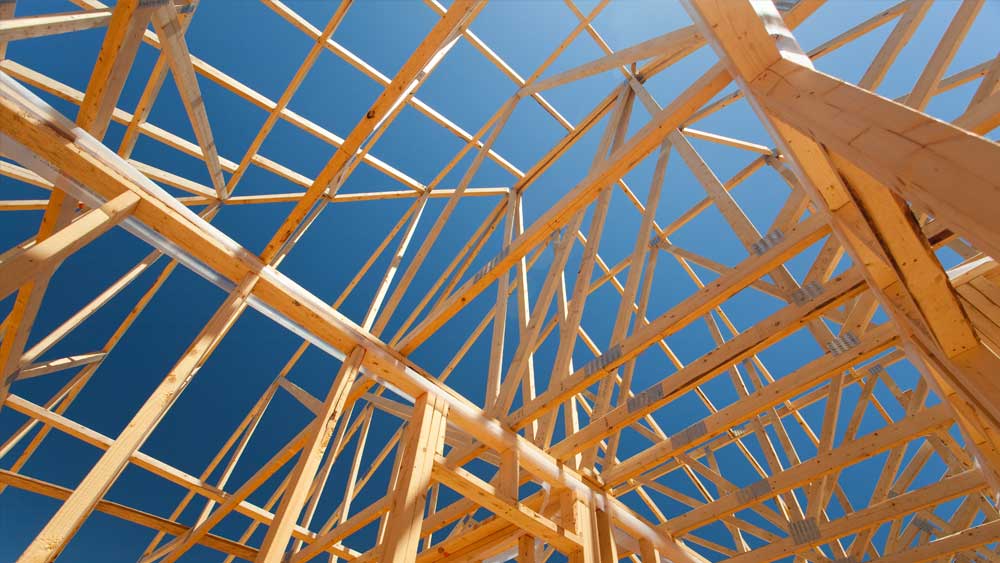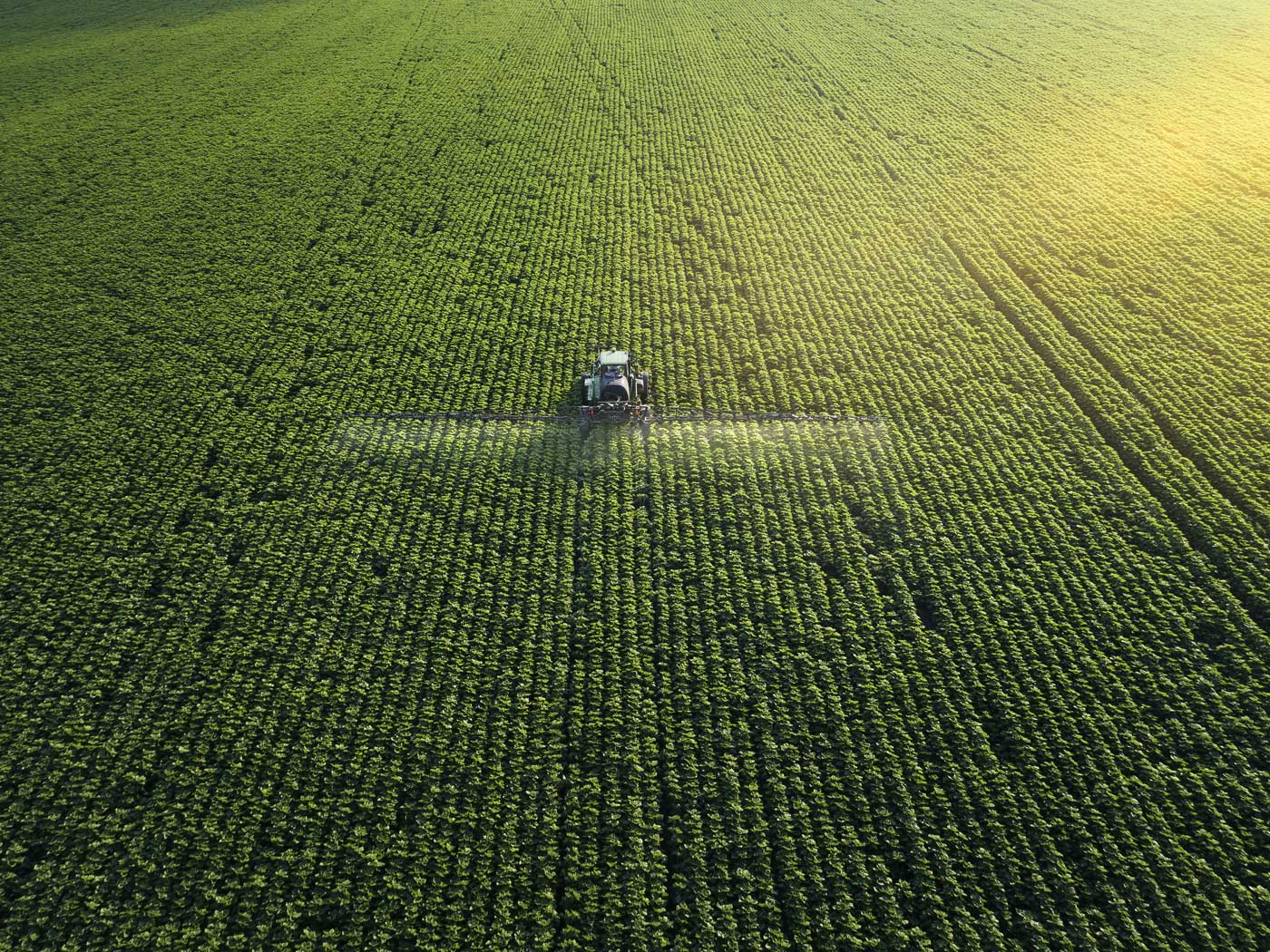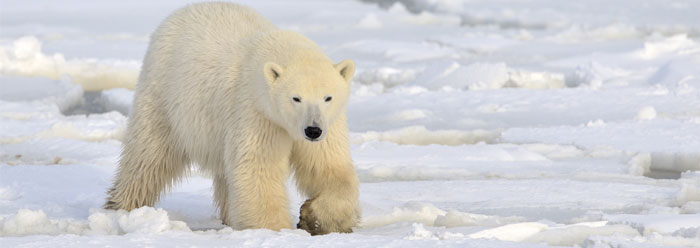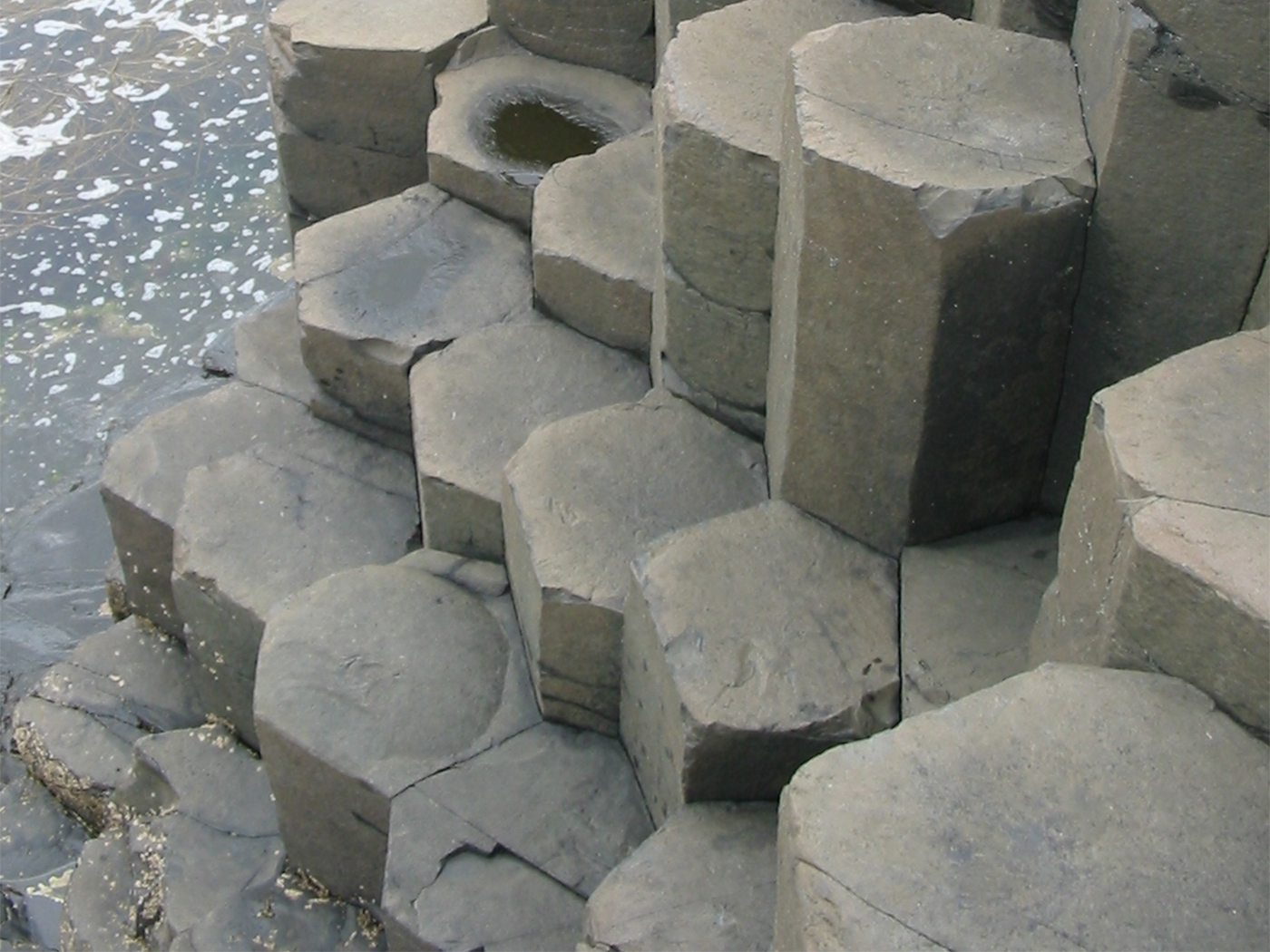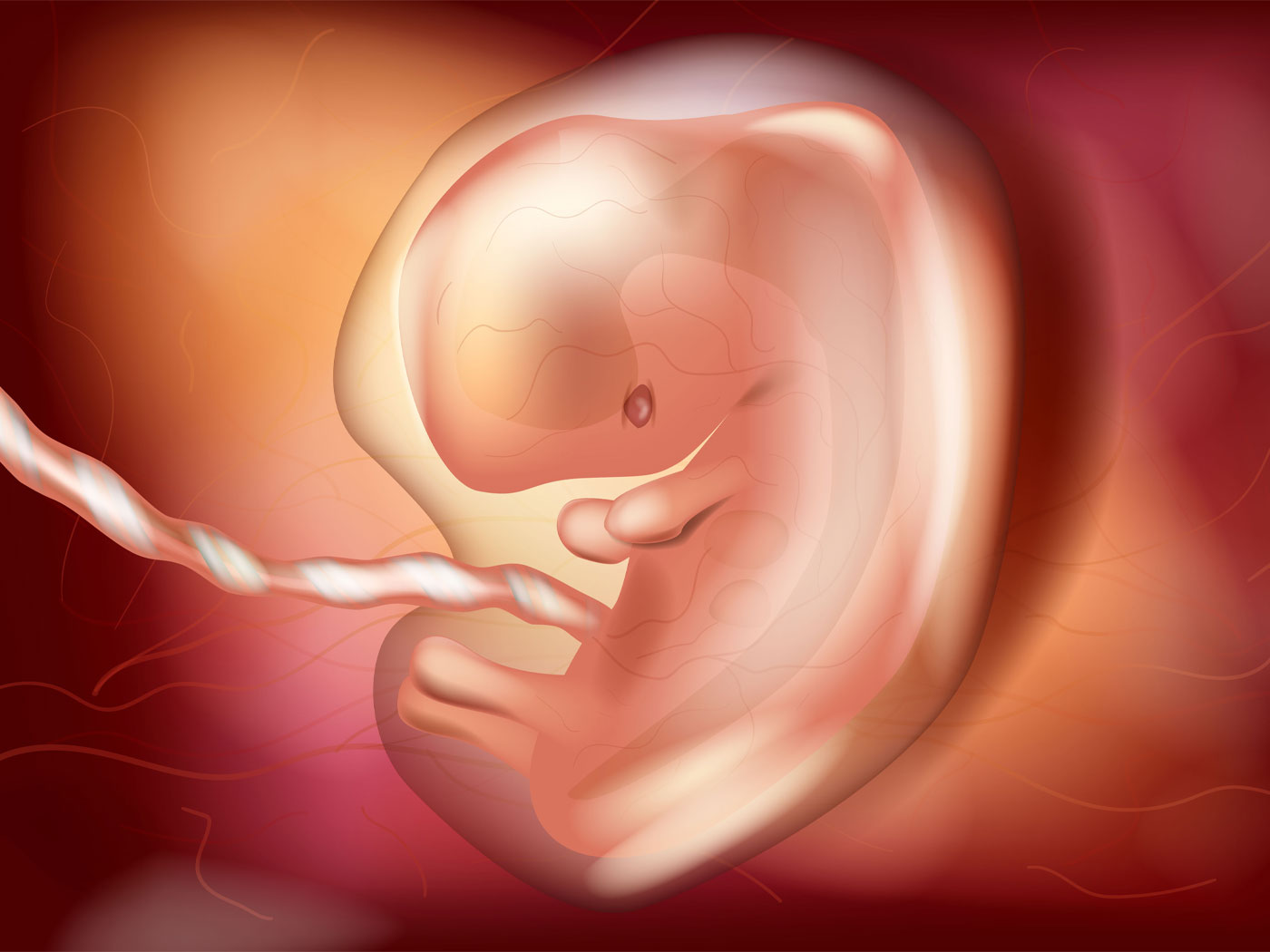The French support their enthusiasm for constructing buildings with lots of wood, assuming that doing so somehow helps save the planet from manmade global warming. They argue that “timber construction … [helps] trees lock up climate-heating carbon emissions.”1
In France, President Macron has ruled all new publicly-funded buildings should be at least 50% timber or other natural materials by 2022. And in Norway a new “ply-scraper” stretches fully 18 storeys—that’s the height recently deemed safe by standards authorities in North America.1
However, the British recall how flammable wood buildings are, as illustrated in the Grenfell high-rise tragedy on June 14, 2017, that killed 72 people.2 The investigation into the fiery tragedy continues in England.2,3
Fears of another Grenfell-type fire are stunting the spread of wood-based buildings in England. The government is planning to reduce the maximum height of wood-framed buildings from six storeys to four. The move’s been recommended by the emergency services in order to reduce fire risk.1
So, for the construction industry, what is the real engineering science? And how does that construction engineering science relate to the (supposed) climatology concerns of those who promote manmade global warming alarmism?
Members of the timber trade say the Government in England has misunderstood the science behind timber construction. They say timber walls can be made safe by methods including flame-retardant treatments and fire-resistant claddings. They point out that it is futile planting millions of trees if they are left to rot and release the CO2 they previously captured.1
The environmentalist appeal of timber-based construction is pitched using a mathematical model of “carbon sink” estimates to advocate wood-based buildings that absorb huge amounts of carbon dioxide.
This notion is advocated by a formal study titled “Buildings as a Global Carbon Sink” that sings the praise of climate-protecting timber buildings.4,5
A material revolution replacing cement and steel in urban construction by wood can have double benefits for climate stabilization, a new study shows. First, it can avoid greenhouse gas emissions from cement and steel production. Second, it can turn buildings into a carbon sink as they store the CO2 taken up from the air by trees that are harvested and used as engineered timber. However while the required amount of timber harvest is available in theory, such an upscaling would clearly need most careful, sustainable forest management and governance, the international team of authors stresses.4
This “carbon sink” construction model may be politically fashionable (in global warming circles), but whether it is scientifically practical remains to be seen.
However, based upon the real-world science that ICR has clarified, it is unlikely that this “carbon sink” engineering is any more reliable than the climatology assumptions it is based upon.5,6
References
1. Harrabin, R. 2020. Grenfell Fears Prevent Timber Building Boom. BBC News. Posted on bbc.com May 25, 2020, accessed June 10, 2020.
2. “On 15 June 2017, (then) Prime Minister Theresa May announced a Public Inquiry into the tragic fire at Grenfell Tower which occurred on the previous evening. In essence, the Grenfell Tower Inquiry is designed to examine the circumstances leading up to and surrounding the blaze.” Quoting Staff writer. Resumption Update Issued for Grenfell Public Inquiry in Wake of Consultation. Fire Safety Matters Security. Posted on fsmatters.com May 26, 2020, accessed June 9, 2020.
3. Staff writer. Grenfell Tower Inquiry on Hold until July at Earliest amid Coronavirus Pandemic. BBC News. Posted on bbc.com May 19, 2020, accessed June 9, 2020.
4. Staff writer. 2020. Buildings can become a global CO2 sink if made out of wood instead of cement and steel. Potsdam Institute for Climate Impact Research. Accessed may 26, 2020. Using timber for construction should also factor in biblical values of forest stewardship, noted in Deuteronomy 20:19-20, which forbids irresponsible deforestation as sinful waste.
5. Churkina, G., A. Organschi, A., et al. 2020. Buildings as a Global Carbon Sink. Nature Sustainability. 3:269–276.
6. Hebert, J. 2019. The Climate Change Conflict: Keeping Cool Over Global Warming. Dallas, TX: Institute for Creation Research. See also 1 Timothy 6:20.
*Dr. Johnson is Associate Professor of Apologetics and Chief Academic Officer at the Institute for Creation Research.




